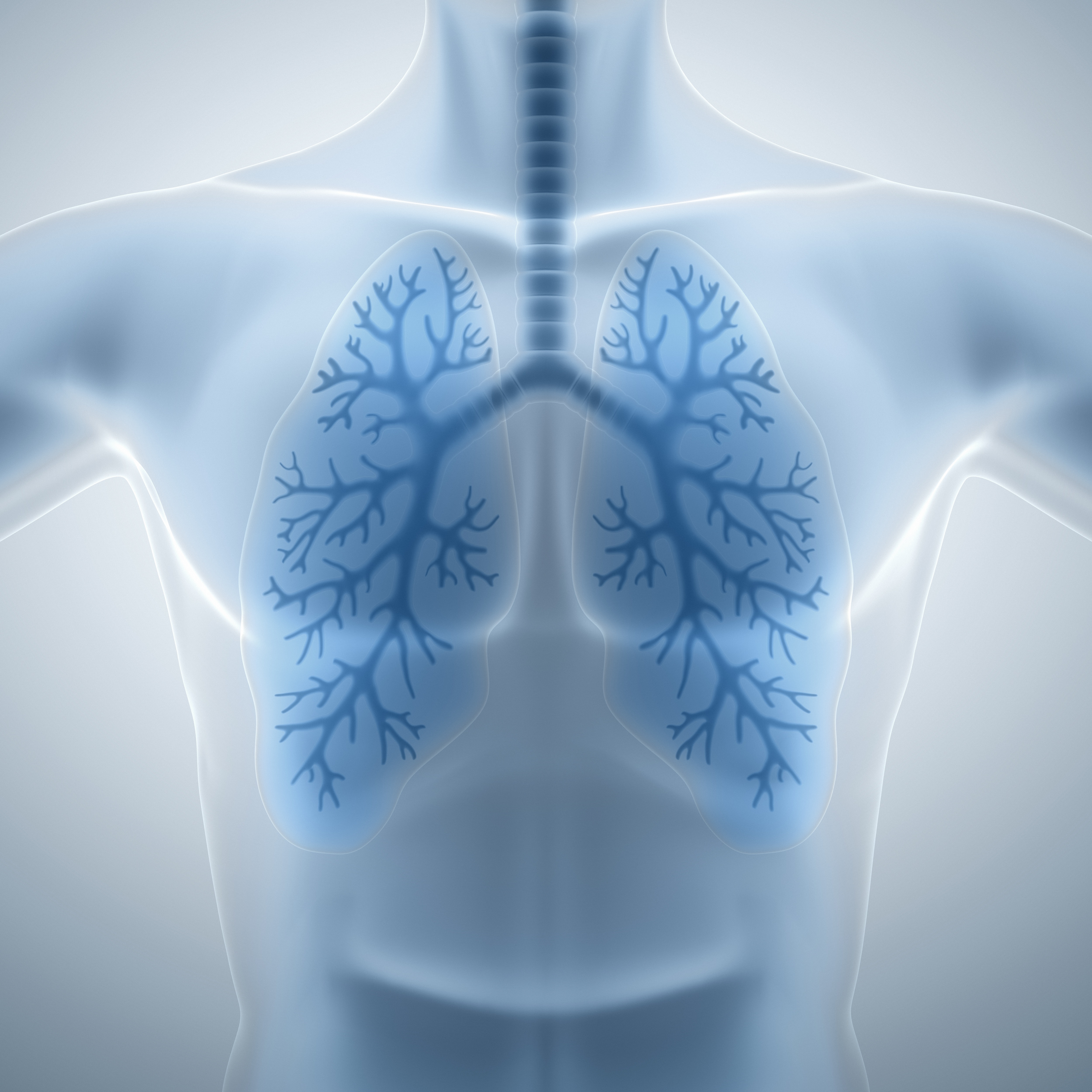A new study revealed a potential association between metabolic fingerprints and Cystic Fibrosis progression. The study entitled “Pediatric Cystic Fibrosis Sputum Can Be Chemically Dynamic, Anoxic, and Extremely Reduced Due to Hydrogen Sulfide Formation” was published this July in mBio.
Cystic fibrosis (CF) is an autosomal recessive human genetic disease resulting from mutations in the cystic fibrosis transmembrane conductance regulator (CFTR) gene. These mutations in the CFTR gene lead to an abnormal transfer of ions across membranes, affecting the respiratory tract most severely. The unbalanced ion homeostasis in the respiratory epithelium leads to a dehydrated, thickened mucosal layer that accumulates and can obstruct the airways as well as limit the motion of the airway cilia. CF patients are vulnerable to chronic lung infections because they are unable to clear thickened mucus from the airways. Pathogens that colonize the respiratory tract and favor the development of cystic fibrosis can survive in saliva and mucus that have a heterogeneous chemistry, such as regions with highly oxygenized levels.
This study analyzed the use of microsensors to measure oxygen and sulfide levels of 48 fresh sputum samples from 22 children with CF at Children’s Hospital Los Angeles. They found that the microbiologic environment varied between and within the same patients during the course of the disease. They also looked at the chemistry and oxidation-reduction potential of the samples, i.e. the ability to give or receive electrons. They found that the samples had just a very thin layer of oxygen at the surface, but the majority of the samples did not have oxygen. Among the samples analyzed, 32 had Pseudonomas aeruginosa, 12 had Staphylococcus aureus, five were positive for both and two had neither.
The research team observed that some samples contained hydrogen sulphide gas, a form of sulphur that reacts with and removes oxygen from the microenvironment. The presence of hydrogen sulphide in the patient’s sputum correlated with less severe disease symptoms.
Dr. Dianne K. Newman, senior co-author of the study, said in a news release that their results contributed to better understanding of the microenvironment where pathogens can survive.
“The diversity and adaptation of disease-causing microorganisms within the CF lung environment, in part, is what renders CF infections so difficult to eradicate,” said Dr. Newman.
Dr. Newman added there are limited reports that characterized the chemistry of mucus collected from CF airways. These analyses are crucial to understanding how pathogens survive and interfere with the lung microenvironment.
“It’s not only a stratified microenvironment, with different microbial communities at different depths of the sputum, but also temporarily dynamic — there were differences not only between patients but also at different time points for the same patients,” said Dr. Wiebke Ziebis, senior co-author of the study.
The research team highlighted the need for further research to define whether a particular metabolic fingerprint correlates with disease progression and customize treatments to address specific situations. Because there is a large diversity of metabolic survival strategies among pathogens in the lung microenvironment, mainly under non-oxygen conditions, there is the need to understand them better and design therapies accordingly.

